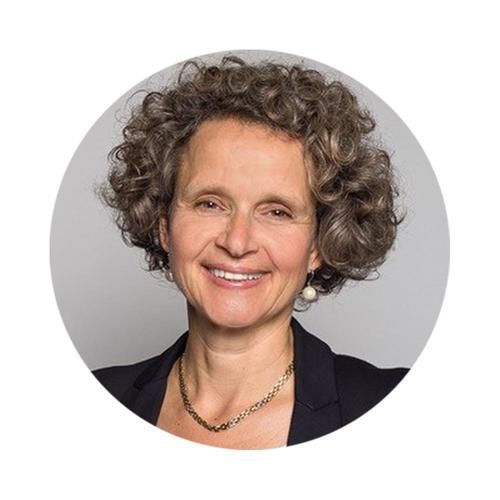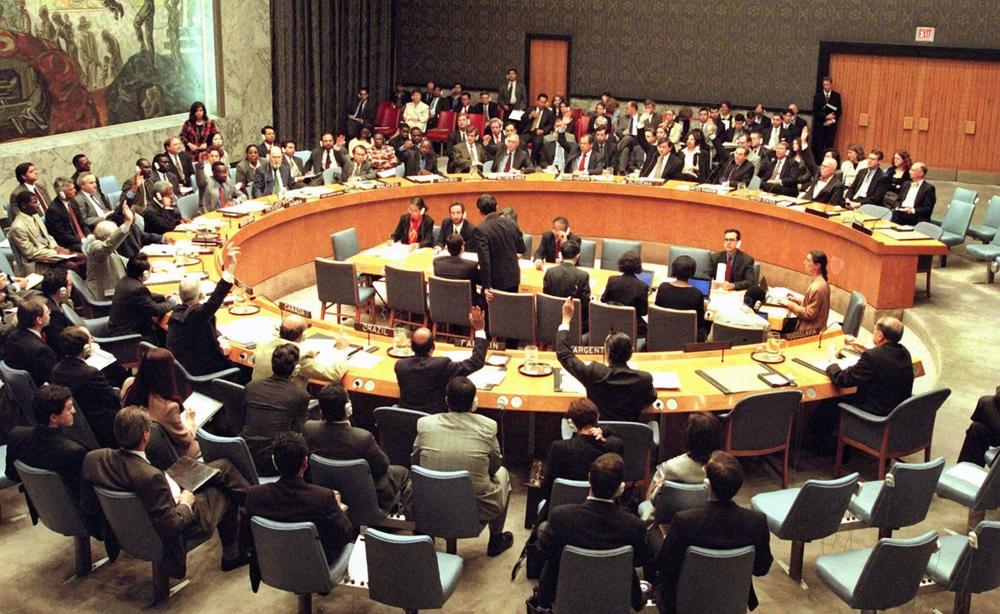Peace for Sale
Eighty Years after the End of World War Two
“I don’t know,” French prime minister Georges Clemenceau is supposed to have said in 1919, during the Paris Peace negotiations after World War One, “whether war is an interlude during peace, or peace is an interlude during war.” Perhaps he was being sarcastic, but one hundred years later the seriousness of his words rings quite true. To make peace, there must have been a war, with at least two parties, a beginning, and an end. The outbreak of World War One (1914–1918) was marked, at least formally, by multiple declarations of war. World War Two (1939–1945) entailed even more.
But since then formal declarations and the question of what is war (and peace) have become very muddied. The United States, for example, has not formally declared war since 1942. Meanwhile, the nation has since led well over 240 “military operations.” The reasons for this shift are partly organizational: presidents cannot single-handedly declare war – only Congress has the authority to do so. However, the president can order military operations as commander-in-chief.
Strangely enough you can also have peace negotiations without war first having been declared. The conflicts in Korea, Vietnam, and Kosovo all ended with a treaty despite the fact that there was no declaration of war. We are currently talking about peace negotiations in Ukraine even though Russia did not preface its invasion in 2022 with a declaration of war. War, in these scenarios, is a state of being and a location (“the war in Ukraine”). Israel, for one, declared itself “in a state of war” in 2023, yet there are plenty of peace negotiators swarming the halls in Doha and elsewhere.
Vote on the Kosovo Resolution, June 10, 1999, UN Security Council, New York. The resolution enabled a 50,000-strong peacekeeping force after NATO informed the UN it had halted airstrikes against Yugoslavia.
Image Credit: Picture Alliance / dpa / Matt Campbell
You can also conclude a war without a peace agreement. The end of World War Two saw no peace treaty signed by all parties. Why? Because from 1949 on there were two German states and experts debated for quite some time whether and where the German Reich continued to exist, legally speaking. Complicating matters, neither one of the two German states was going to cede the right to sign a peace treaty with the Allied forces to the other. The matter was really only taken care of over forty years later in the Two-plus-Four-Treaty of 1990, which clarified matters typical for a peace agreement; above all, the future borders of a reunited Germany.
Since then, to most Europeans – notably West Europeans – wars and peacemaking have become something either very historical or very distant. Historically, this is an anomaly. Our ancestors were more used to war and peace being nearby than we are today. My grandparents lived through two world wars, my parents through one. I am the first in my family in many generations who has not seen nor lived through armed conflict in her own backyard.
Such historical distance changes attitudes toward war and peace, even at the top. Peace negotiations today increasingly take on the dimensions of a spectacle with a lot of media attention; they are multiparty events, involving many different actors from countries considered neutral. While historically there are antecedents, in the age of 24/7 global news and for many mediators today – both first-time negotiators such as Trump’s envoy to Russia and the Middle East, Steve Witkoff (a real estate investor), and smaller states vying for international influence such as Qatar and Saudi Arabia – peace negotiations have morphed into salient opportunities for self-promotion: stages to perform leadership, full of local splendor with flags, reception halls, and the nation on display in front of running cameras from the world over, complete with promises of international visibility and, who knows, perhaps a Nobel Prize waiting in the wings? Peace deliberations have become muddied waters indeed, as contemplations of a conflict’s nature, complexity, and “fairness” (however defined) increasingly compete with individual third-party interests. Georges Clemenceau may not always have been able to tell the line between war and peace apart, but he sure knew that both were not a mere spectacle.
Jessica Gienow-Hecht is professor of history at the John F. Kennedy Institute for North American Studies.Further Information
This article is part of the series ‘How do wars finally come to an end?’. You can read it here in German.


